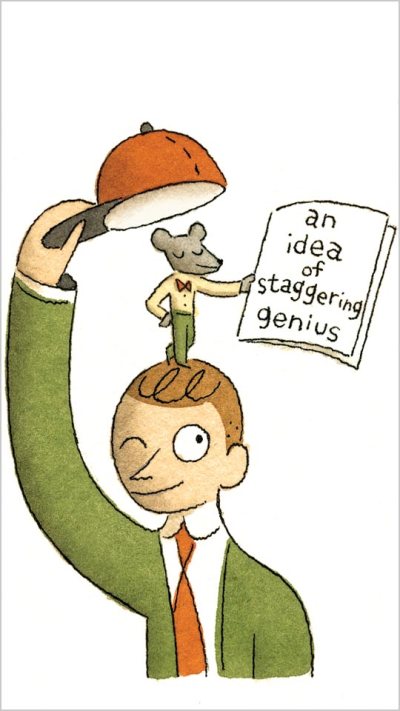
What is the point of creating significant learning environments through an approach that offers learners choice, ownership, voice and authentic opportunities (COVA)? In his essay Do I Own my Domain If You Grade It?, I think Andrew Rikard arrives at the answer to this central question when he asserts that the goal of instructors is to “promote high quality, original scholarship.” I am absolutely on board with this line of thinking. While it is important to understand and appreciate the ideas and principles of thinkers and academics whose work has broken new ground, that is not the end goal. The objective is to take that research, confirm it, disprove it, expand on it, and create something new. I believe this is what is meant by the phrase “owning an idea” that kept coming up in this week’s readings.
Part of owning one’s ideas relates to the audience the learner is sharing his/her ideas with. The nature of an ePortfolio (or “One’s Own Domain”) implies that the learner will share his learning publicly. This is powerful because it shifts the ownership of the learning from the instructor to the learner. As Rikard points out, if the audience for an assignment is only the teacher, it is the teacher who has posed the question and established the parameters of what one’s demonstration of learning should look like. If, on the other hand, the audience is public, the onus is on the learner to shape the evidence of his learning. He must establish a point of view and create and defend his ideas to a wide audience.
When we read Marshall McLuhan’s pronouncement: “The medium is the message,” he means in addition to the content of the message, the medium by which the message is transmitted actively shapes that message. Similarly, perhaps we could say: “the audience is the message” because the message—in our case, the learner’s demonstration of learning—is vastly different when it is formed solely for the teacher than when it is created for a wide public audience. With the former, the teacher is dictating the message; with the latter, the learner is dictating the message.
Not to beat a dead horse, but I continue to feel frustrated that all the readings this week seem to assume that the audience is made up of classroom teachers. I agree wholeheartedly that I should be prepared to do that which I ask students to do. The problem is I don’t have any students. When I am encouraged to model ePortfolios and reflect on their implementation in a classroom I don’t have, I feel lost and that I’m musing hypothetically. The creators of this program certainly “walk the walk” in that they have shared their ePortfolios that contain submissions that use a variety of technologies.
Rikard, A. (2015, August 10). Do I Own My Domain If You Grade It? https://www.edsurge.com/news/2015-08-10-do-i-own-my-domain-if-you-grade-it